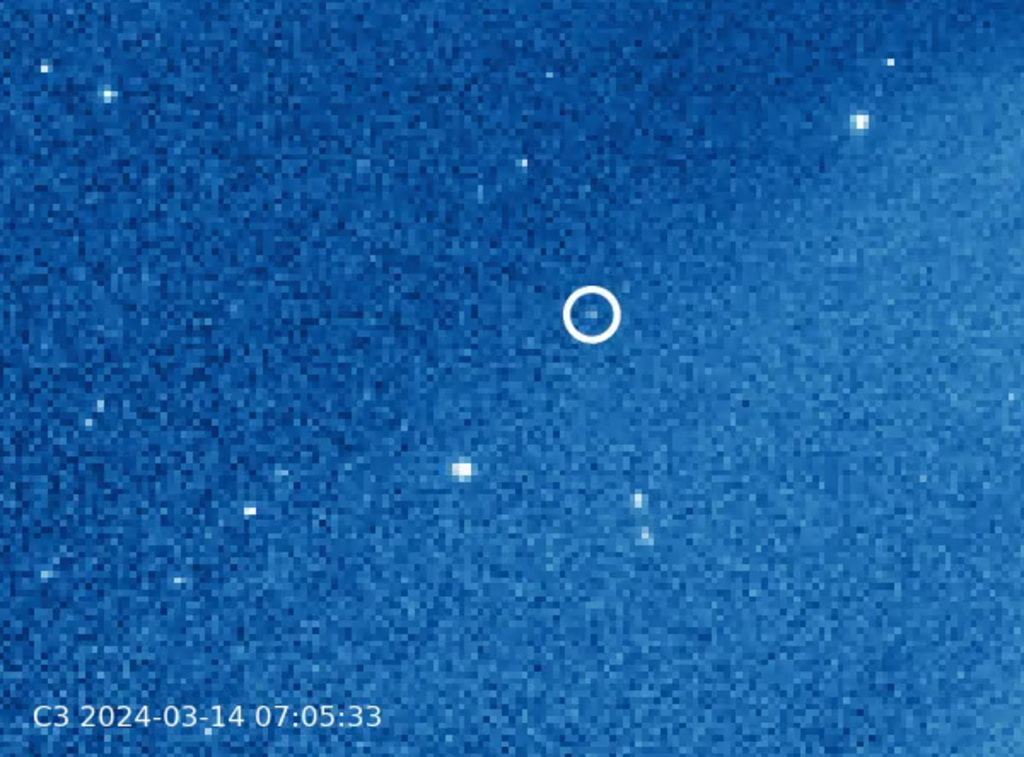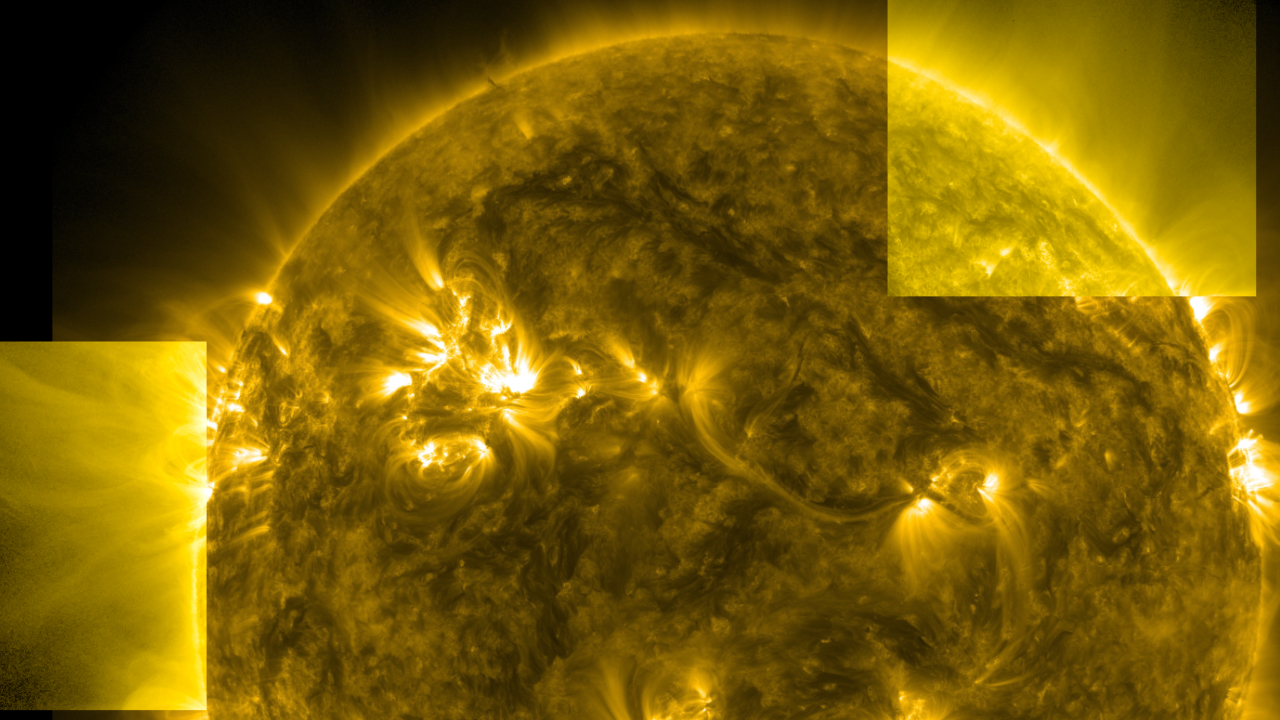Sungrazer
On November 27, 2011, an Australian amateur astronomer named Terry Lovejoy discovered a comet the old-fashioned way: from the ground, with his own personal telescope. Finding a comet before it moves into view of space-based telescopes gives scientists the opportunity to prepare their instruments to make the best possible observations. The sungrazing comet—named Lovejoy, or C/2011 W3 in the technical vernacular—ultimately crossed the sightlines of the mirrors and lenses on no less than five satellite observatories. And the results were spectacular. As it moved toward the sun, many comet-watchers predicted it would evaporate as it flew within 87,000 miles of the roiling hot surface. But comet Lovejoy elated spectators when it survived its death-defying trip and re-emerged on the other side, as shown in the first video below, captured by NASA's Solar Dynamics Observatory (SDO) satellite on December 15, 2011.

Space telescopes capture Comet Lovejoy's dangerous encounter with the sun and its journey beyond.
Watch multiple perspectives of Loveyjoy's disappearance and surprising re-emergence from behind the sun as seen by NASA's SDO satellite.
Comet Lovejoy, as viewed from the International Space Station: "The most amazing thing I have ever seen in space," one astronaut said.

The Solar Optical Telescope onboard the Hinode spacecraft tracked Lovejoy (orange speck, bottom left corner) as it moved toward the sun.

An HD camera mounted on the International Space Station captured this image of Lovejoy above Earth's horizon.
For More Information
See NASA.gov
Credits
Please give credit for this item to:
NASA's Goddard Space Flight Center
Images and video of Lovejoy comet captured from space courtesy of the Image Science & Analysis Laboratory, NASA Johnson Space Center.
-
Video editor
- Scott Wiessinger (USRA)
-
Producer
- Scott Wiessinger (USRA)
-
Writer
- Karen Fox (ADNET Systems, Inc.)
Release date
This page was originally published on Thursday, January 19, 2012.
This page was last updated on Wednesday, May 3, 2023 at 1:53 PM EDT.

